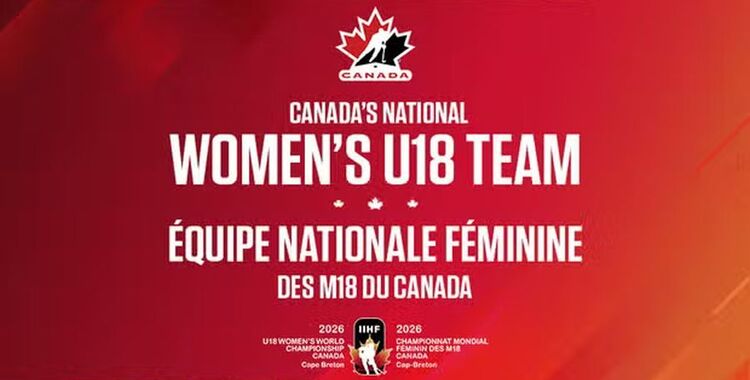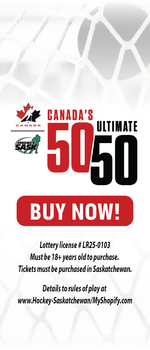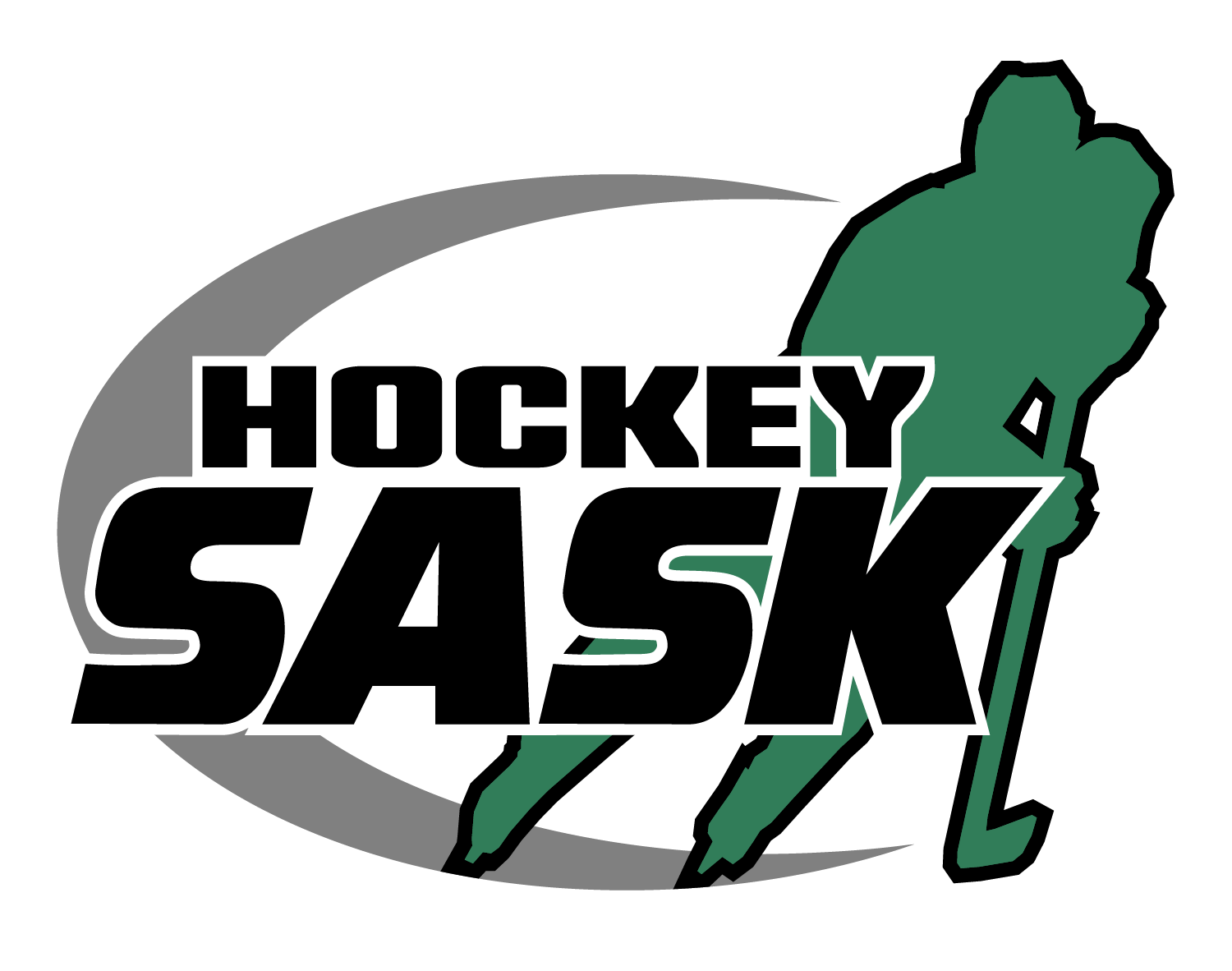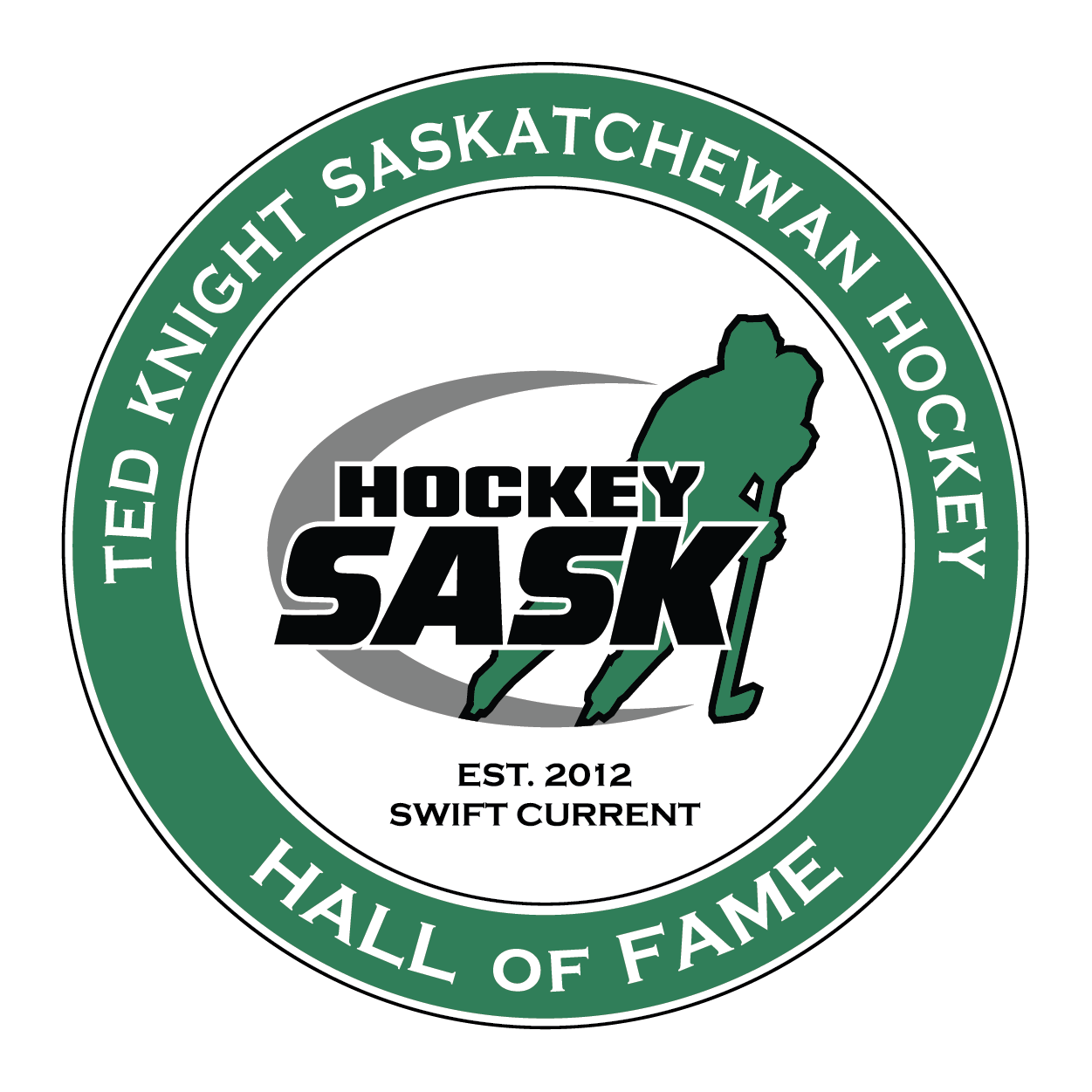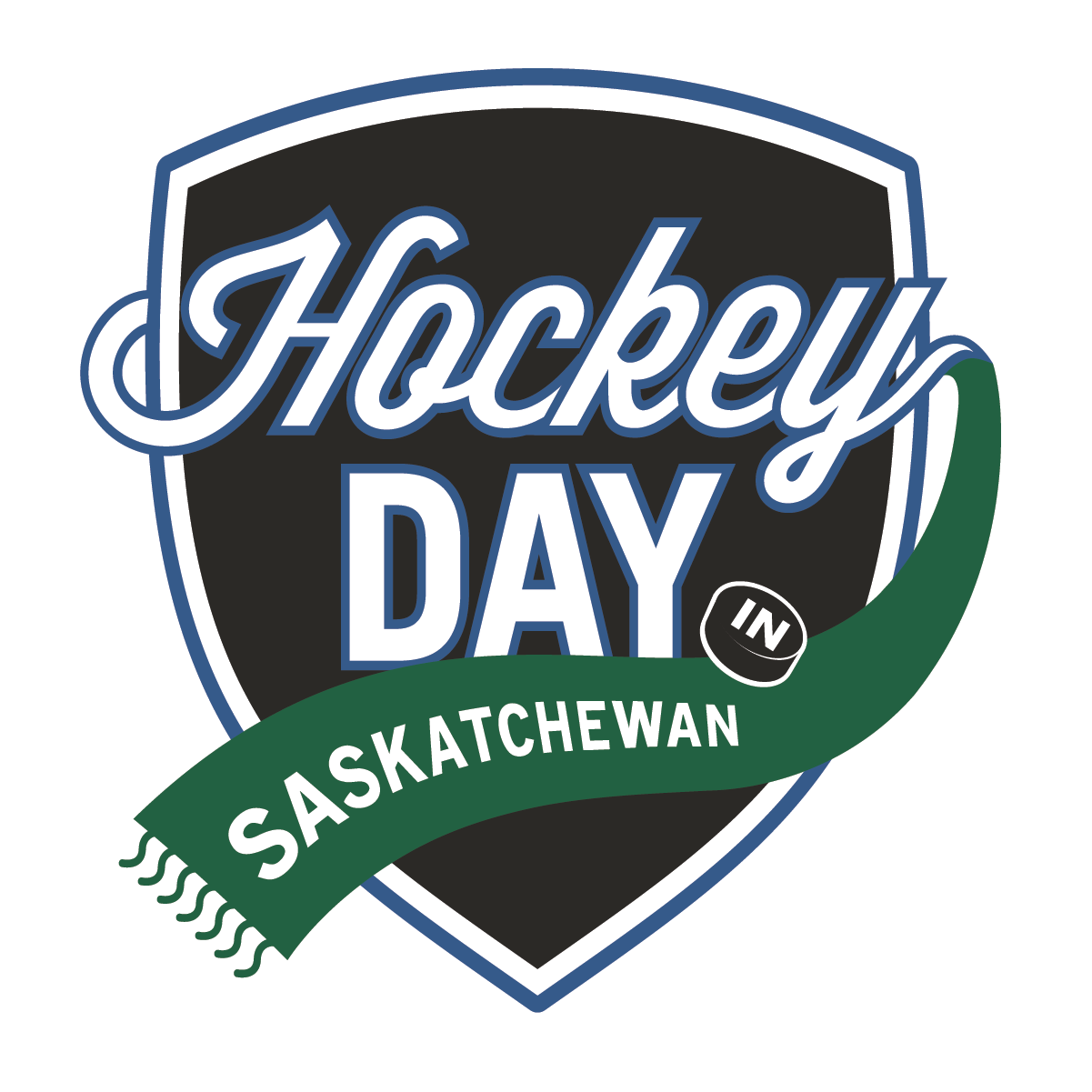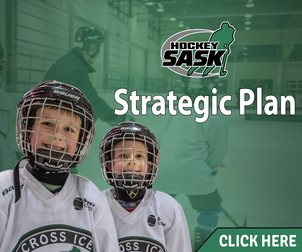The Pride of Shaunavon, Saskatchewan: Hayley Wickenheiser Hard Work + Natural Ability = Results

Feb 15
2006
By Hockey Canada
As the story goes, people in Shaunavon and Calgary knew along that Hayley Wickenheiser was going to be a special player. When she lit the lamp at the Canada Winter Games AS A 12 YEAR OLD, people just knew it was going to happen.
But Wickenheiser nurtured that god-given talent on minor hockey rinks, on her Dad’s backyard rink, in road hockey games. And turning that talent into Olympic gold takes a lot of blood, sweat and tears. As well as some natural ability.
“I think a big part of my development was just being able to play on an outdoor rink. My Dad built that in the backyard for the community and my brother and my sister. Very similar to a lot of kids in Canada. I’d be watching Hockey Night in Canada, and I’d go out after a period and pretend I was Gretzky or Messier. Try the delay off the blueline or the short off the wing. My Dad would point out little things that he saw, and encourage me to try them. I think it’s just by repetition is how I developed my skills. As a minor hockey player, I played defence to start. I used to rush the puck end to end all the time and hardly pass it (laugh) … it’s not what I recommend. I think the opportunity being to handle the puck a lot in minor hockey helped a lot.”
Being blessed with an abundance of natural talent is no guarantee of results. So Wickenheiser has never stopped working very hard to achieve the greatness that she has reached. And some skills didn’t come very easily.
“I think the slapshot was a big thing as a kid. Every kid wants to have a good slapshot, so you’re always working on that.”
“I think I was 10 when I finally figured it out. It was after hundreds and hundreds of shots against the boards in the backyard. And finally, one day, it basically just happened. Wow, I have a slapshot now.”
“My Dad used to do these F.I.A. drills, Fundamentals In Action drills that Hockey Canada used to have. So I remember the repetition of skating to the blueline, crossovers, and just trying to learn how to do crossovers over the blueline, forward, backwards, like the Karoake type move. And a lot of pivots. I hated those – but the payoff was that if we did those, we could scrimmage at the end.”
“As I got older, learning the reactive parts of the game like team play, how to better use your teammates to get success, and stuff like that, when I was 12 to 15 team, gradually with coaching of that, it all helped.”
One hundred and fifty (150) international games later, over 200 international points later, Wickenheiser is often the last player off the ice after practice. The 27 year old forward admits she notices when her work habits drop off, even just a bit.
“I notice hands in the middle of the season. If you don’t work on it, you do lose it. Because you’re not handling the puck as much as you do in the summertime or in fun drills. I do a lot of stick work on the ice, on my own, in tight spaces, with a swedish ball and off-ice stuff.”
Wickenheiser on what she would suggest to young players looking to get better
And I think shooting is really important, and shooting off of the wall, off of striding, from different angles when you’re out of position. In a game, you’re not getting time to set and make a shot. Those are important. I try to work on my backhand every day. Just the little details that can really make a difference in the game.
Related Articles
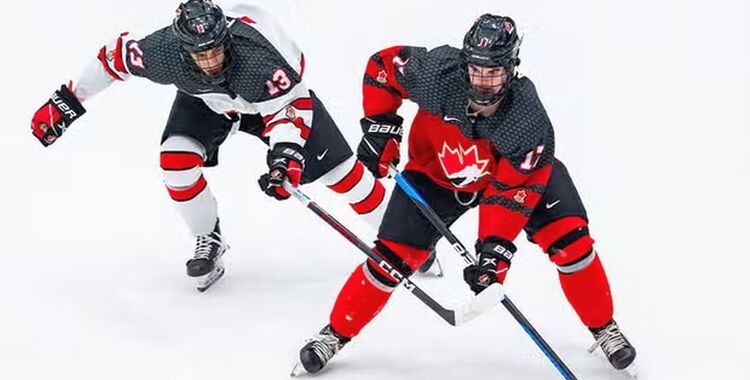
Canadian Rosters Named for 2025 Junior A World Challenge
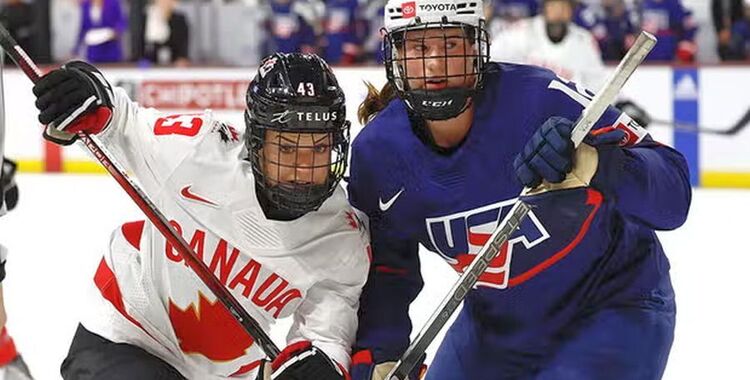
National Women’s Team Roster Named for Rivalry Series Games in Edmonton

World Juniors 50/50 Returns to Support Grassroots Hockey Across Saskatchewan
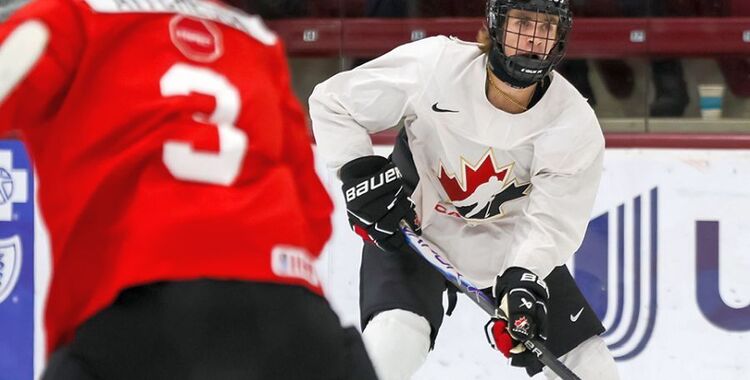
National Junior Team Training Camp Roster Named Ahead of 2026 IIHF World Junior Championship
